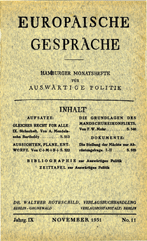

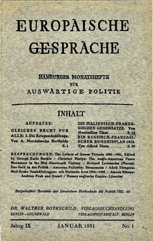
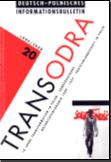
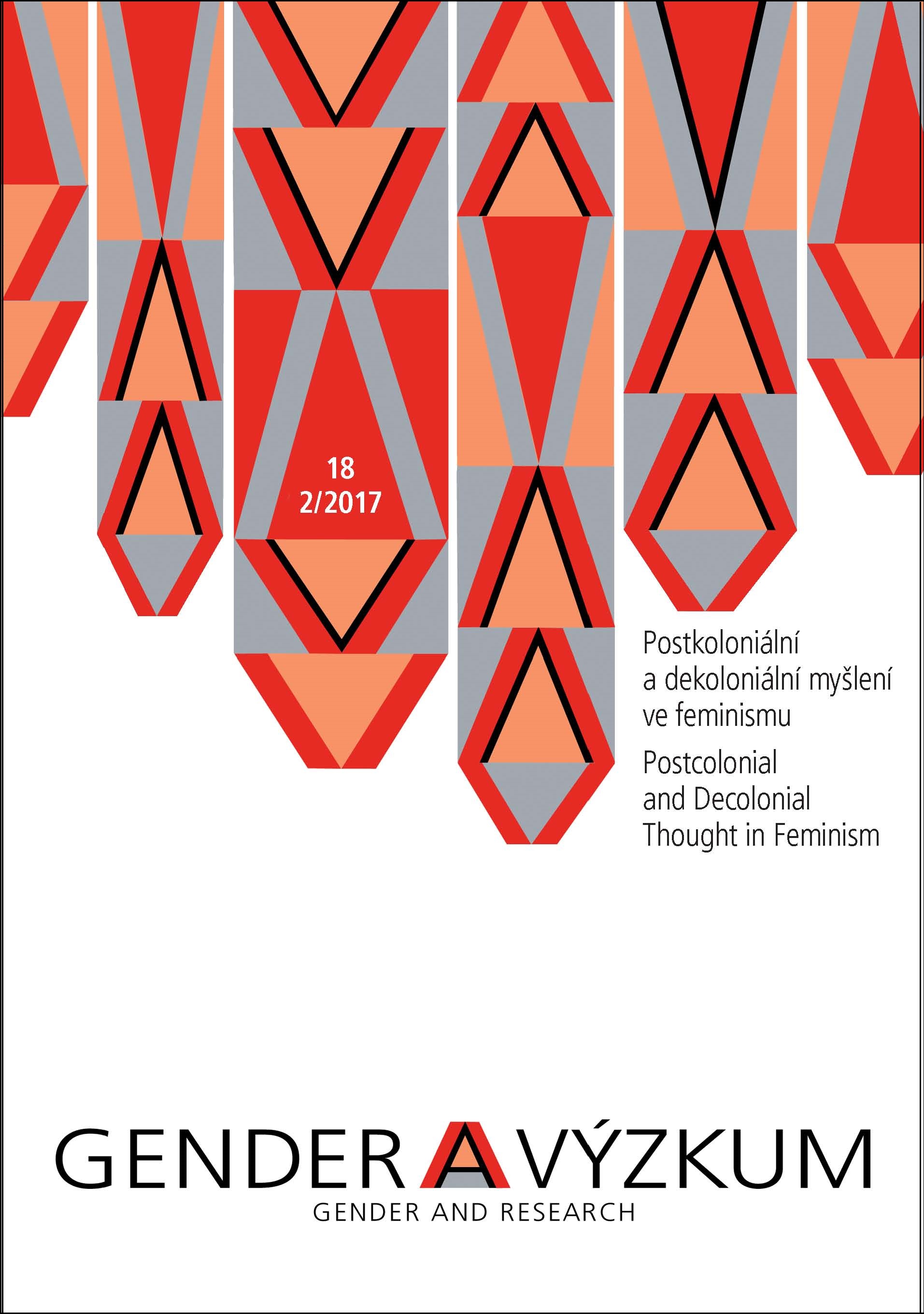
Keywords: postcolonial studies; Finland; literary studies; gender; Sámi; Roma
Postcolonial theories have been applied in various contexts all over the globe. The article deals with the ways postcolonial thought, especially in combination with gender concerns, has been used in Finnish literary studies. I look at the broader problem of applying postcolonial theories in new contexts and pay close attention to the Nordic European space and its special features. I map the process through which postcolonial theories arrived in Finnish literary studies and then show how postcolonial thought has been applied, in a gender-conscious way, in two particular cases. The first one is the study of the Sámi, the indigenous population of the European North, and their literature, the second one is the study of the Finnish Roma and their literature. In conclusion, I consider the latest developments, i.e. combining postcolonial theoretical framework with multilingual, transnational and cross-border literary studies in Finland and outline some present and future tasks and challenges.
More...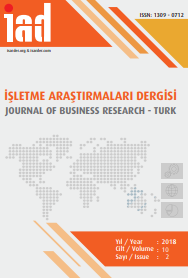
Keywords: job stress factors; demographic factors; hotel employee;
Pursuant to research regarding hotel management and tourism, several stress factors have been determined to affect both employees and managers. However, relevant literature does not adequately explore the effect of demographic variables on the stress factors. Moreover, no measurement has been identified to test job stress factors for Turkish hotel employees. Accordingly, this study, particularly aimed (a) to develop a scaling method for examining job stress factors for hotel employees in Turkey, and (b) to examine the differences between demographic characteristics and job stress factors obtained from the scaling endeavor. A convenience sampling method was used to determine the participants in the study. Then, face-to-face questionnaires were administered to employees at four- and five-star hotels in Istanbul. In total, 500 questionnaires were delivered to the employees, and 379 questionnaire forms were considered valid. At the end of the study, scaling was obtained that includes 33 items falling under six job stress factors, the factors of job stress and factor items were ranked and then, the differences between the demographic variables and job stress factors were presented.
More...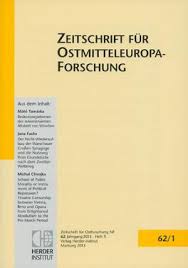
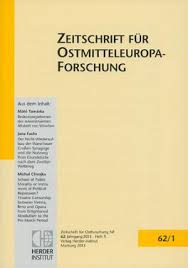
a list of reviewed books you find in the Table of Content related to this issue
More...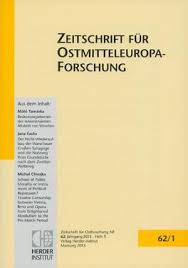
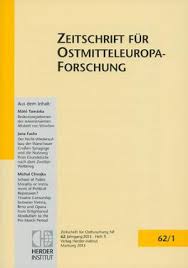
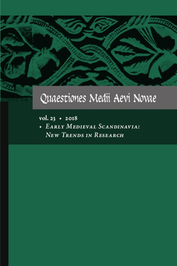
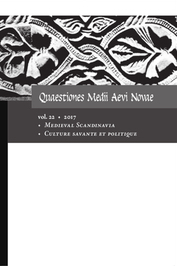
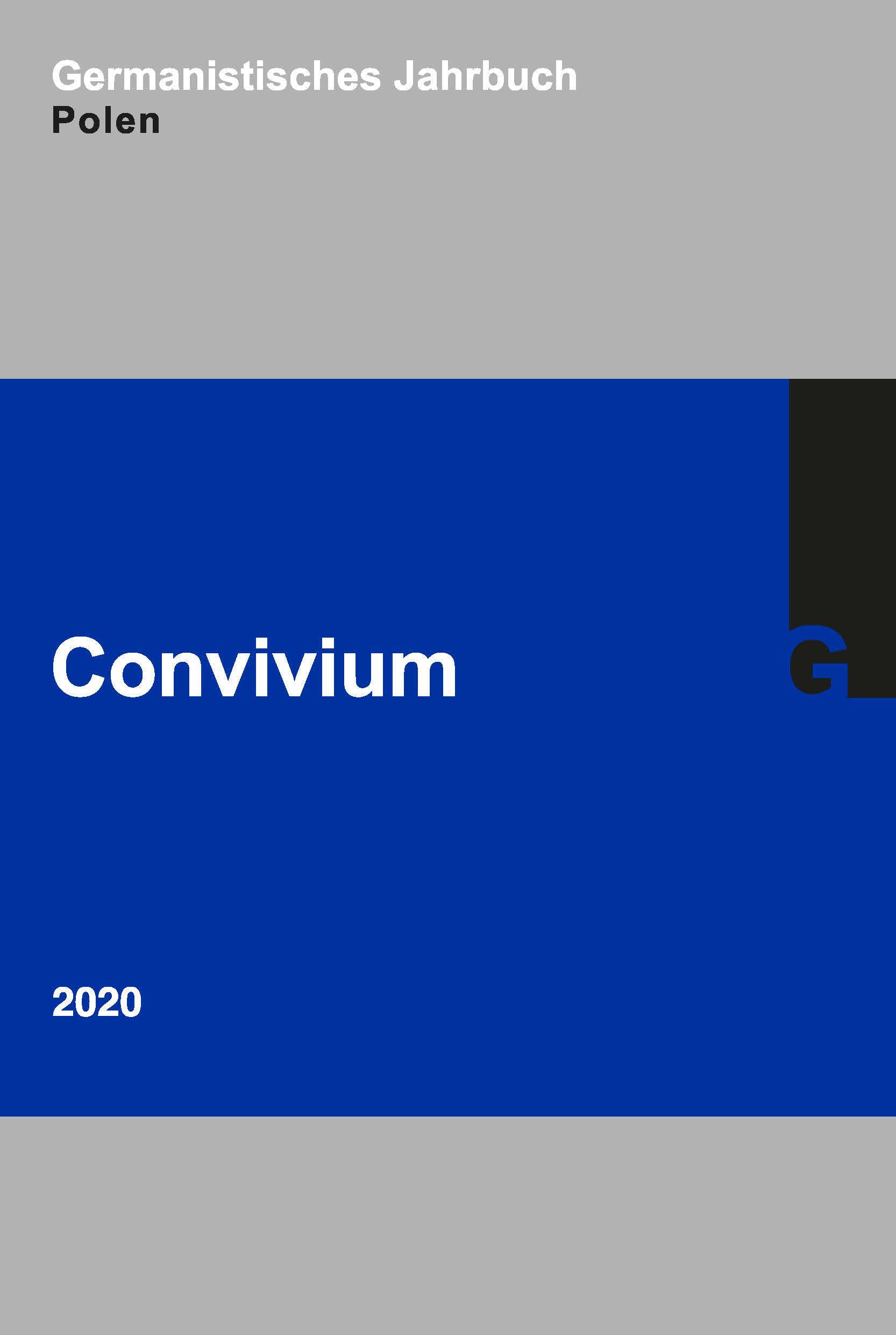
Keywords: JAQUES TARDI; JAROSLAV RUDIŠ; SIMON SCHWARTZ; Graphic Novel; verbal-pictorial paratext; traumatization; Berlin Wall; Central East Europe
Next to many other characterizations, e.g. ‘century of dictators’, the wording ‘century of anxiety’ is probably likewise justified for the Twentieth century. This contribution is a first attempt at inquiring into the presentation of anxiety in verbal-pictorial narratives. Verbal and pictorial traces of anxiety (fear) – i.e. techniques of causing anxiety (fear) for political ends on the one hand and experience of anxiety (fear) on the other hand – are a substantial meaning making offer in many graphic novels on the history of the 20th century. Though esthetically and intellectually demanding, hence an offer of reappraisal of the past, so far, the topic of anxiety (fear) has escaped the attention of research projects. This study concerns history experienced and endured from World War One to the time of change around 1989. In a choice of five graphic novels by German, French, Polish and Czech experts of the genre, especially pictorial traces of Angst offer atmospheric density, precision and, at the same time, openness for further interpretation.
More...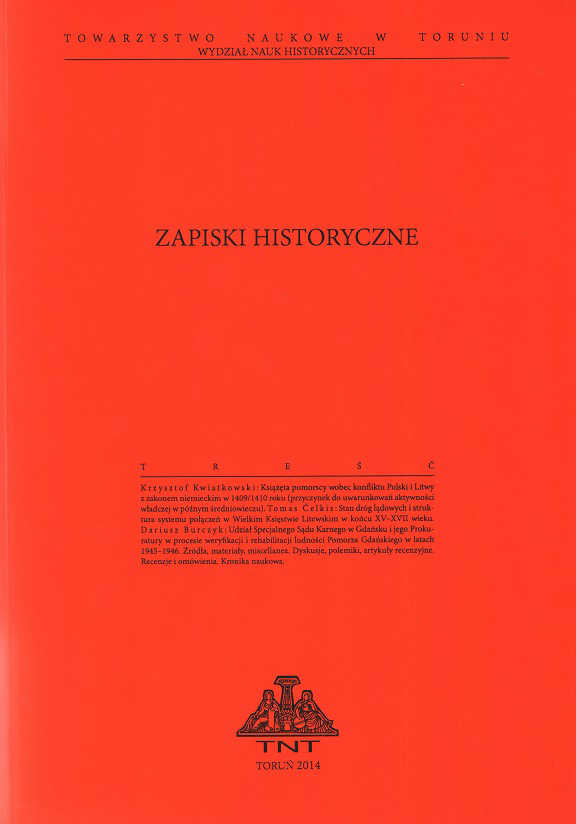
Keywords: Kashubia; ethnography; folk costume; historical iconography; Bożena Stelmachowska; first half of the twentieth century
The attire characteristic for peasants was described by ethnographers from the early nineteenth century, and the interest in folklore itself transformed from amateur item collecting to an academic discipline, namely ethnography. Researchers were intrigued by hand-made folk costumes, which contrasted with the factory-made clothing of the urban population. As the political importance of the peasantry grew, stylised folk costumes became an element of regional and ethnic identity. The motif of peasant culture found its way into global literature and the folk elements into political propaganda of the twentieth century. At the same time the origin of folk costumes and their design arouses controversy among researchers. Are they reconstructions of the past or perhaps ideologically motivated constructs? The article presents this issue on the example of a Kashubian costume created according to the concept of Professor Bożena Stelmachowska (1889–1956). On the basis of previously unexplored descriptions of peasants’ appearance contained in arrest warrants from the first half of the nineteenth century, the sources and research paradigm, which became a basis for the creation of the model Kashubian attire in 1954–1959, have been subjected to criticism. The concept adopted by the older scholarship was not confirmed as no primary sources (material artifacts, iconographic representations, written descriptions, etc.) were found. The similarity of clothes worn by Kashubians with clothes worn by other peasants was demonstrated, and so was the influence of military uniforms on men’s clothes. The model of Kashubian costume proposed by Stelmachowska should be treated as an intellectual construction that reflects certain trends in folklore studies of the time and a response to ideological and propaganda needs that arose in Pomerania after 1945.
More...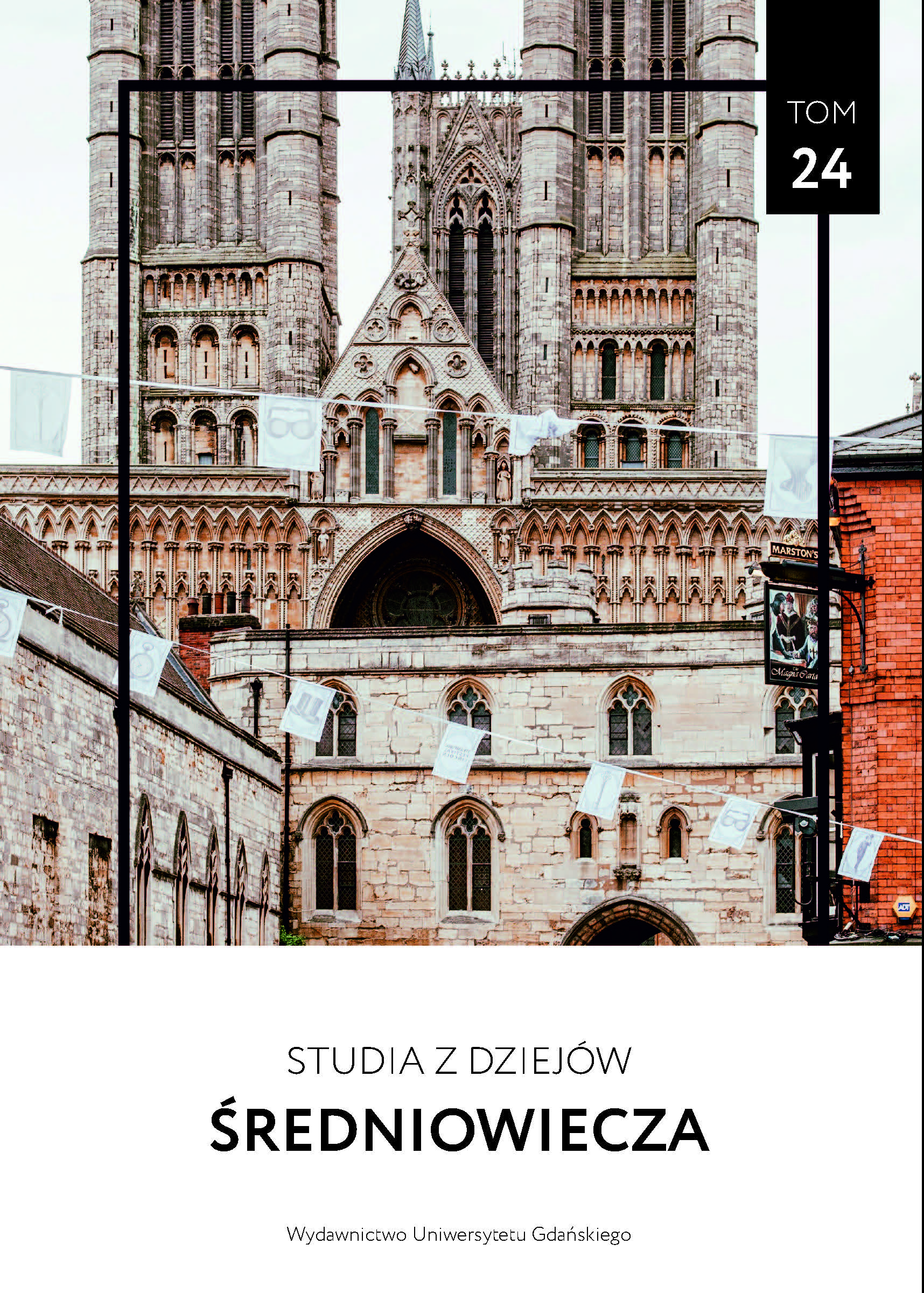
Keywords: Great caravel; Peter von Danzig; Berndt Pawest; Paul Beneke
As can be seen from the comments herein, every time that Długokęcki tries to add something new to the main themes I deal with in writing the history of the caravel, he makes error after error. It applies to both the marine layer of monograph and understanding of the European context. His interpretation of the sources and the theories he builds on this basis in order to create an alternative picture are unsuccessful. All in all, though it is evident that he has tried very hard, Długokęcki is unable to change any of the findings regarding the major themes addressed in my monograph.
More...Keywords: court records; urban justice; late Middle Ages; Wismar; proscription; registers of the proscribed;
The presented text is a contribution to the discussion on the latest edition of the Wismar register of the proscribed from 1353–1430, published in 2019, and a themati- cally related collection of studies entitled Verfestungen, Stadtverweisungen, Urfehden. Kriminalität und ihre Ahndung in mittelalterlichen Hansestädten am Beispiel Wismars. The paper draws attention to those research issues that have been omitted or insuf- ficiently highlighted in the mentioned studies. In this regard the article mentions the rules for freeing oneself from proscription, the erroneous equation of proscription and banishment, and the means of deleting entries in registers of the proscribed. It was also noted that deleted entries generally occur in the most recent sections of registers of the proscribed. Their absence usually signals the sections of records from more distant times that have lost their relevance and thus no longer needed to be edited on an on- going basis. Moreover, the article emphasises the need for research into such issues as the social composition of the proscribed who appeared in the Wismar register, as well as their victims, female criminality, cases of relapse into crime among the proscribed, and the subsequent fate of such ‘recidivists’, or the attitude of municipal authorities to crimes committed against the representatives of the broadly understood social mar- gin. When researching these issues, the comparative perspective should be broadened to include registers of the proscribed from late medieval towns in the Kingdom of Poland and the Teutonic Order state in Prussia.
More...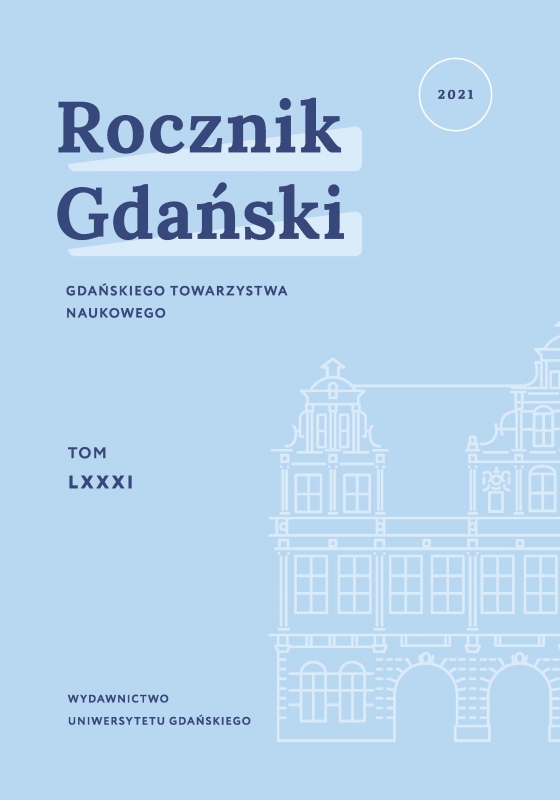
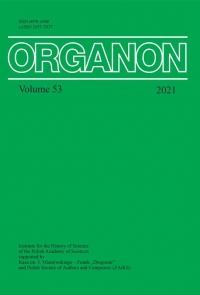
Keywords: textual borrowing; medieval compilations; medieval universal chronicles; medieval manuscripts; Martinus Polonus (Oppaviensis) Königsberg World Chronicle;
The author’s goal is to add to the understanding of the issue of where the border line is that marks the passage from an enlarged copy (an augmented or developed version) of a given chronicle to an independent authorial entity. In this context a side question arises concerning the acceptability of textual borrowing in the face of medieval authorial practices and conventions, i.e. where compiling ends and falsifying begins. The aforementioned issues are discussed on the basis of five historiographical texts composed between the mid–thirteenth and the third quarter of the 15th cent. Their common denominator is their affinity with the famous Chronicle of Popes and Emperors by Martin the Pole (or of Oppavia). Examining the character of the borrowings, their ideological stance, and their political opinions, the author reaches the conclusion that it was not the copy–and–paste technique frequently employed by the chroniclers, but their intentions that decide whether the resulting works should be treated as new entities, sometimes even forgeries.
More...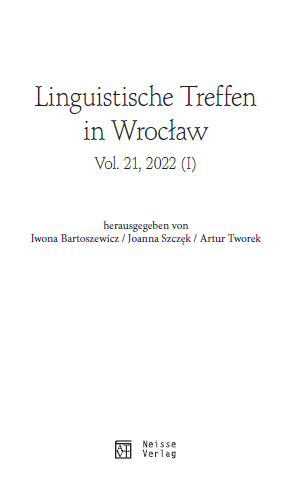
Keywords: German; Polish; toponyms; translation problems;
Every translator is often confronted with the problem of translatability of proper names, which include geographical names called toponyms (i.e. choronyms, proper toponyms, urbanonyms, hydronyms and oronyms). German and Polish toponyms differ from each other in gender and number as well as in spelling and the order of components. Many differences in the creation of toponyms result from the different ways of thinking in the two nations. Before translating these lexical units, we should first consider whether they can be translated at all, and if so, how to do it, and what criteria should be applied. The (un)translatability of toponyms is strongly conditioned by culture, history, politics, and of course topography itself, which is shown in this article by means of an example of selected groups of Polish and German geographic names. In official documents, where the criterion of comprehensibility is decisive, foreign language equivalents of toponyms are generally used, provided such equivalents exist. Some toponyms have to be modified in translation to make them more precise or to clarify their meaning. Toponyms that are typical of a country or culture and have no foreign language equivalents are usually not translated, but preserve their original form in the translated texts. In order to convey their meaning, foreign language generic names are usually added before them.
More...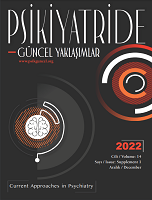
Keywords: Career values; occupational aspirations; adolescents; parents; exploratory case study;
This qualitative explorative case study investigated career values and occupational aspirations of adolescent girls and boys and those that their parents aspired to for their child’s future. 45 high school students (53% girls) and their parents (n=45), from a relatively collectivist city in the Southeast region of Turkey participated to the study. Results showed that girls and their parents noted economic security; boys and their parents mentioned cultural identity, in common. Girls, boys, and their parents, all, attached importance to prestige, achievement, and loyalty to family. It was seen that both girls and boys appreciated leisure time besides work and life style, differently from their parents. In terms of occupational aspirations, while adolescent girls aspired to be English language teacher, doctor, nurse, and architect, mostly, adolescent boys aspired to be military pilot and officer, police officer, and doctor in the future. Girls’ parents mentioned doctor, nurse, teacher, and lawyer and boys’ parents underlined engineer, lawyer and police officer as their aspirations for their children’s future occupations. The results implied the role of parental and contextual influences within a communal culture as well as adolescents’ own generational characteristics on career values and occupational aspirations.
More...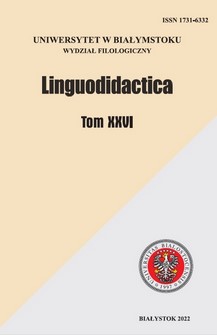
Keywords: Early New High German; charter; history of language; sound change; dialect;
The article presents the results of the phonemic graphemic analysis of the German charters from the Cracow city book, which were written down in the 14th century. Due to the analysis, it could be proved that the text contains themajority of the dialectal Early New High German features and the sound changes which are characteristic for the Silesian dialect, and which spread in Central, Eastern and Southeast Europe within the context of German Eastward Expansion. All the results of the exploration are supported with appropriate examples.
More...